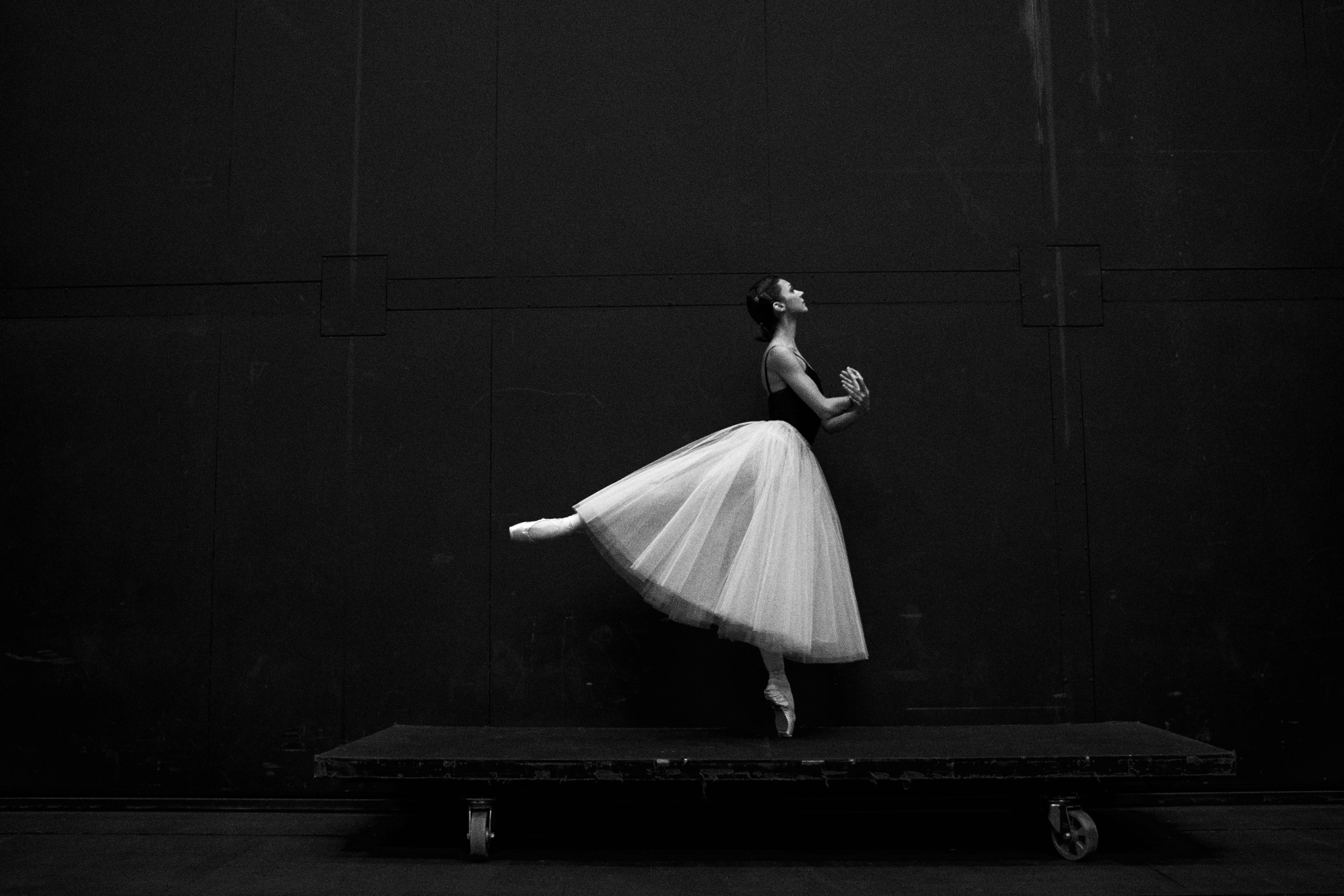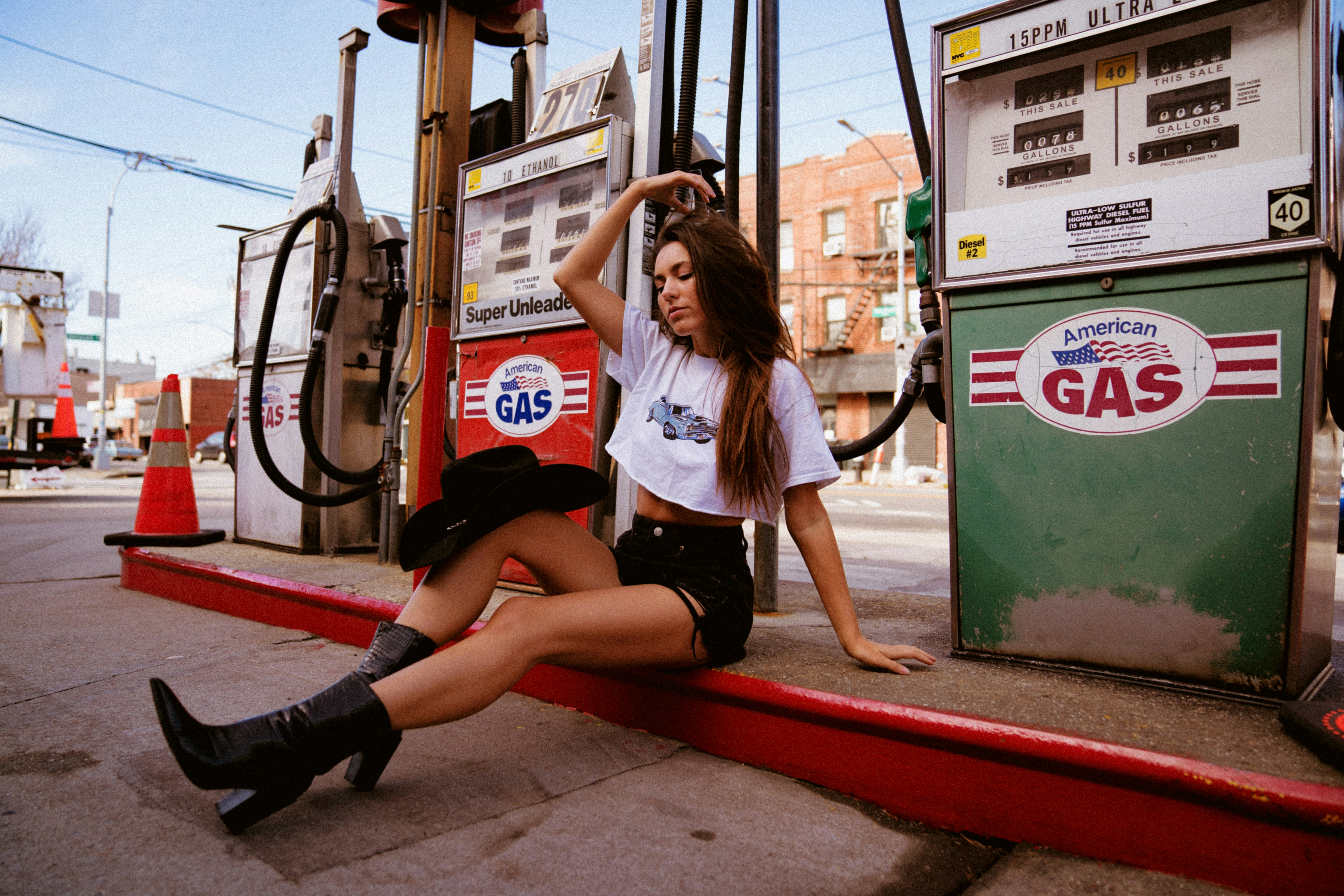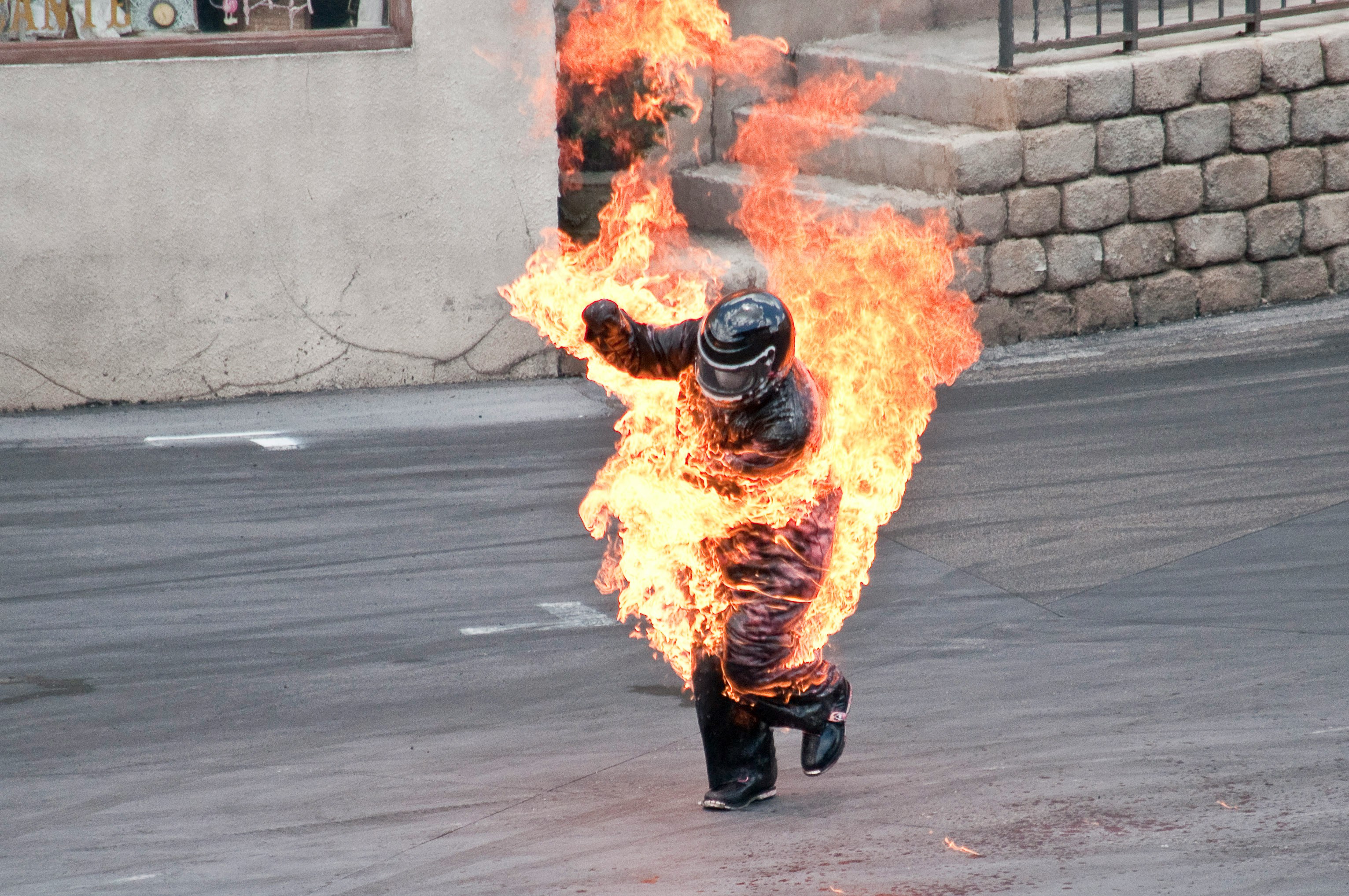The Transformative Power of Dance in Modern Theater: A New Era of Expression
Dance has long been an essential component of theatrical performances, yet its role and significance have evolved dramatically in recent years. In this article, we delve into the transformative power of dance in modern theater, exploring how this art form has become a driving force for innovation, storytelling, and emotional depth.

Dance as a Narrative Force
Dance has traditionally been viewed as a supplementary element in theater, used to enhance the overall production or provide brief interludes of movement. However, contemporary theater has seen a shift in this dynamic, with dance now taking center stage as a primary narrative force. Choreographers and directors are increasingly collaborating to create productions that seamlessly integrate dance and drama, resulting in a more immersive and engaging experience for audiences.
This fusion of dance and theater has led to the creation of new genres, such as dance-theater and physical theater, which challenge traditional notions of storytelling and performance. By utilizing the expressive power of movement, these productions can convey complex emotions and ideas that may be difficult to articulate through words alone.
The Emotional Depth of Dance
Dance has the unique ability to evoke deep emotional responses from audiences, making it a powerful tool for exploring complex themes and ideas. In modern theater, dance is often used to convey the inner worlds of characters, revealing their thoughts, feelings, and motivations in a way that words cannot.
For example, the Tony Award-winning musical “Hamilton” uses dance to convey the emotional turmoil of its characters, particularly in the song “Satisfied.” The choreography, created by Andy Blankenbuehler, is a visual representation of the character’s regret and longing, adding an extra layer of depth to the story.
The Innovation of Dance in Modern Theater
Dance has also played a crucial role in pushing the boundaries of modern theater, challenging traditional forms and conventions. Contemporary choreographers are constantly experimenting with new techniques and styles, incorporating elements of hip-hop, ballet, and modern dance to create a unique and innovative language of movement.
This experimentation has led to the creation of groundbreaking productions, such as “Sleep No More,” an immersive theater experience that combines dance, drama, and interactive elements to create a truly unique theatrical experience. By pushing the boundaries of what is possible in theater, dance has opened up new avenues for creative expression and exploration.
The Future of Dance in Modern Theater
As modern theater continues to evolve, dance will undoubtedly play a crucial role in shaping its future. With its ability to convey complex emotions, challenge conventions, and push the boundaries of creativity, dance is poised to become an even more integral part of theatrical performances in the years to come.
Whether it is used to enhance traditional productions or create entirely new genres, dance will continue to be a transformative force in modern theater, inspiring audiences and artists alike.




